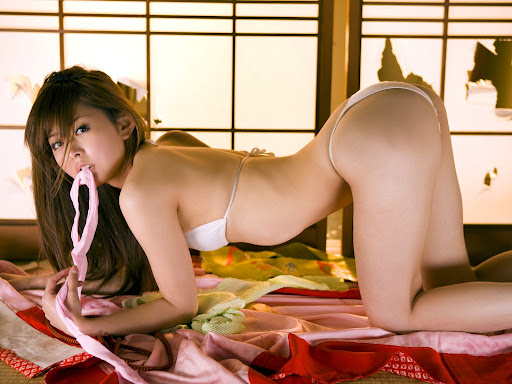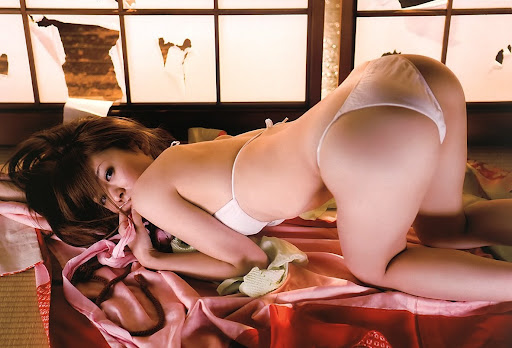 "Battlestar Galactica" is back and it's slap-tastic. Spoilers (posted early because I may be computerless for a bit) coming right up...
"Battlestar Galactica" is back and it's slap-tastic. Spoilers (posted early because I may be computerless for a bit) coming right up...Ron Moore has said that, with the exception of "33," he's never been completely satisfied with the self-contained episodes, and that the arc episodes -- usually at the beginning, midway point and ends of seasons -- are almost always better than the standalones.
Now, I've liked a lot of standalones besides "33" ("Flight of the Phoenix," "Flesh and Bone" and "Scar," to name just three), but "33" is the only one that can hold a candle to a "Pegasus" or the entire New Caprica storyline, and these last two episodes on the algae planet have been an order of magnitude better than anything we've seen since "Collaborators."
So why is that? Why are the arc shows so much better? I can think of a few obvious reasons:
- Awesome cliffhangers (Adama shot, Pegasus and Galactica at war, "One year later," etc.);
- The entire cast is involved in significant ways, whereas many of the standalone shows tend to focus on one or a handful of characters;
- There are consequences to what's happened before and in what will happen after.
Take a scene like Helo shooting Sharon. That's a huge emotional moment under any circumstances, but it resonates more because so much time has been spent on the theft of Hera, on Sharon's re-assimilation into the Colonial fleet, and on the basics of Cylon resurrection. And because the writers and the audience have put the time in on all of that, it becomes obvious what Sharon's asking Helo to do, and why, and what the ramifications of that will be, well before he does it. And then he does it in a way that I, at least, didn't expect, in mid-embrace, and it just slayed me, no pun intended.
Now compare that to, say, "Hero," which involves a character we've never seen before and will probably never see again, an inner conflict for Adama that doesn't track with anything we know of the character and that gets resolved in the course of the hour, relatively minimal stakes... that could've been a "Next Generation" episode involving an old friend of Picard's from the Stargazer with minimal changes.
Overall, I wouldn't put "Rapture" on the level of a "Resurrection Ship" or "Exodus Pt. II," but what made it good was how it either paid off or paid forward so many storylines: Sharon and Helo's stolen baby, D'Anna's messianic obsession with The Final Five, the Lee/Kara/Dee/Anders quadrangle, Caprica Six's disenchantment with her own people and Tyrol's spiritual background and struggles, among others. And even if some of those stories weren't the most riveting along the way (D'Anna's, notably), by the time we got to the end of them, I felt like my patience was mostly rewarded.
Some specific scenes I liked, other than Helo/Sharon:
- The Sharon/Boomer showdown, and Caprica Six making what seems to be a very foolish choice by snapping Boomer's neck and helping Sharon escape. (Sharon always had one respected human ally on her side in Helo, while Caprica's only friend is even more hated than she is.)
- Dee going for the premature slap-ulation to keep Starbuck awake -- and to punish her, however mildly, for screwing with her man.
- Apollo and Anders doing a live grenade alley-oop, in a moment that could have been even cooler if I had a better understanding of the rules of Pyramid.
- Helo looking much bigger than Madame President as he explained, "If you hadn't lied and stolen our baby in the first place, we wouldn't be here at all."
- The callback to the paintings in Starbuck's apartment, which made me wish I didn't have my DVDs out on loan so I could check and see if the Eye of Jupiter was in the background of that scene or if the writers are just being retroactively clever.
- Placing Baltar in a bodybag to keep his presence a relative secret.
- The final scene with D'Anna and Brother Cavil. The rough cut didn't have the FX completed, so all I saw in the final shot was one of each, as opposed to hundreds. Given the CGI team's track record, I'm going to guess the finished product looked cool.
















No comments:
Post a Comment